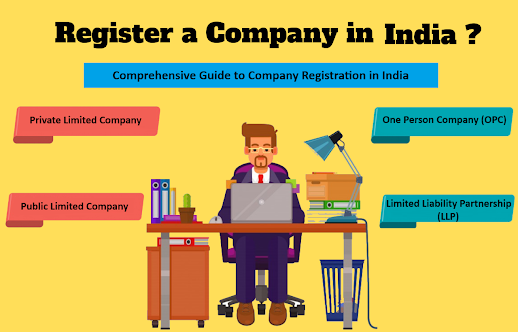Mergers and Acquisitions Roadmap: Understanding Types, and Valuation Techniques
Mergers and acquisitions (M&A) includes the process of combing of businesses or assets through different types of financial exchanges. In such transactions buying, combining, selling, or dividing different businesses to expand market share and increase efficiency are involved. They are common across various industries and can range from small-scale transactions to large, multi-billion dollar deals.
When two companies agree to combine their operations to form a new company, merger occurs. In this, the companies involved become equal partners in the new company. They share ownership and control. Acquisitions happen when one company purchases another company outright. The acquiring company assumes control of the acquired company.
Mergers and acquisitions impact companies, shareholders, employees, and other stakeholders. Successful ones can create value and drive growth. Poor transactions can result in financial losses and operational challenges. Therefore, careful planning, thorough analysis, and effective integration are essential for achieving successful outcomes in M&A.
Mergers are of various kinds. The types of mergers included are Horizontal, Vertical, Conglomerate, Market Extension, Product Extension, Concentric, Reverse, Friendly, Hostile, and Leveraged Buyout (LBO). Horizontal Merger occurs between companies that operate in the same industry and produce similar goods or services. In Vertical Merger, companies operating at different stages of the supply chain merge in this case. It can help companies reduce costs, improve efficiency, and gain better control over the supply chain.
Conglomerate Mergers involve companies operating in unrelated industries. The goal is typically to diversify the merged entity’s business interests and reduce risk by operating in multiple sectors. Market Extension Mergers occur when two companies selling similar products or services in different markets merge. They enable the merged entity to expand its market reach without changing its core business.
Businesses that provide complementary goods or services come together in a product extension merger to increase the selection of goods or services available to clients. Companies that provide diverse goods or services to the same clientele yet serve them together are involved in concentrated mergers. Usually, the merging companies have complimentary technology or skills.
A private firm purchases a publicly traded company in a reverse merger, which enables the private company to go public without going through the customary initial public offering (IPO) procedure. When both parties accept the parameters of the merger and cooperate to carry out the transaction in a friendly manner, a friendly merger takes place.
In a hostile takeover, one business tries to buy another without the consent of the target company’s management and board of directors. In a Leveraged Buyout (LBO), a company is acquired using a significant amount of borrowed money secured by its assets.
Mergers and acquisition valuations: Brief Details –
The procedure entails figuring out a company’s or its assets’ value in relation to a possible transaction. Different valuation techniques are used depending on the industry, size of the firm, financial performance, and goal of the transaction. Various valuation approaches are used. Some of the common approaches include Comparable Company Analysis (CCA), Precedent Transactions Analysis, Discounted Cash Flow (DCF) Analysis, Asset-Based Valuation, LBO (Leveraged Buyout) Analysis, Replacement Cost Method, and Real Options Analysis.
In Comparable Company Analysis (CCA) the companies are value is evaluated using the metrics of other businesses of similar size in the same industry. Precedent Transactions Analysis involves analyzing the financial metrics and multiples of past M&A transactions in the same industry or sector. The present value of a company’s future cash flows is calculated using discounted cash flow (DCF) analysis.
Under the Asset-Based Valuation method, the focus is given on the value of a company’s assets or the fair market value of its total assets after deducting liabilities. LBO (Leveraged Buyout) Analysis determines the maximum purchase price a financial buyer can pay for a target company while still achieving a desired rate of return. The Replacement Cost Method values a company based on the cost of replacing its assets with equivalent assets at current market prices. Real Options Analysis extends traditional valuation methods by incorporating the value of managerial flexibility and strategic options embedded in a project or investment.
Conclusion –
Mergers and Acquisitions can be complex and involve a range of legal, financial, and regulatory considerations. They are often facilitated by investment banks, lawyers, and other financial advisors to ensure smooth execution and compliance with relevant laws and regulations.
Global Jurix is one of the top law firms in corporate, Commercial litigation, and Intellectual property law.




Comments
Post a Comment